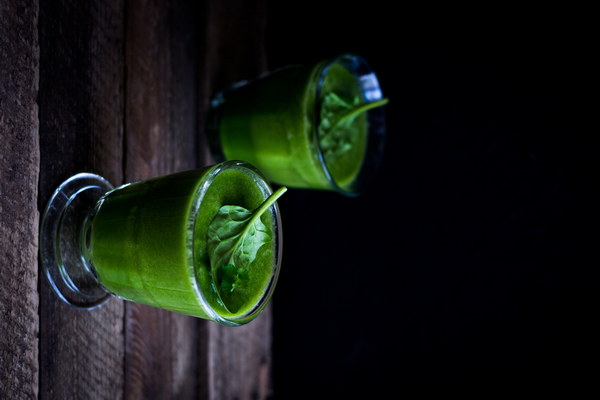Banish Dampness and Redness A Guide to Soothing Your Skin
Are you tired of dealing with skin that's prone to dampness and redness? Whether it's due to environmental factors, internal imbalances, or skincare mistakes, these issues can be both uncomfortable and unsightly. But fear not! This comprehensive guide will help you understand the causes of damp and red skin and provide you with effective strategies to soothe and revitalize your complexion. Let's delve into the world of skincare to find the perfect solution for your delicate skin.
Understanding Dampness and Redness in Skin
First, let's clarify what we mean by dampness and redness in the context of skin.
- Dampness refers to a condition where the skin feels moist, greasy, or sticky. It often occurs due to excess oil production, hormonal changes, or environmental factors such as humidity.
- Redness, on the other hand, is the visible appearance of the skin's blood vessels due to inflammation or irritation. This can be a result of allergies, rosacea, eczema, or simply a reaction to certain skincare products.
Causes of Damp and Red Skin
1. Excess Oil Production: Overactive sebaceous glands can lead to an excess of oil on the skin, which can cause it to feel damp and greasy.
2. Hormonal Changes: Fluctuations in hormones, particularly during puberty, pregnancy, and menopause, can trigger changes in oil production and lead to dampness and redness.
3. Environmental Factors: High humidity, extreme temperatures, and exposure to pollution can exacerbate dampness and redness in the skin.
4. Allergies and Sensitivities: Certain ingredients in skincare products or environmental allergens can trigger inflammation and redness.
5. Skincare Mistakes: Over-exfoliating, using harsh cleansers, or applying too many products can irritate the skin and exacerbate dampness and redness.
Soothing Your Skin: A Step-by-Step Guide
1. Identify the Cause: The first step in treating damp and red skin is to identify the underlying cause. This may involve a trial-and-error process of changing your skincare routine or seeking advice from a dermatologist.
2. Gentle Cleansing: Use a gentle, non-comedogenic cleanser that won't strip your skin of its natural oils. Avoid hot water, which can exacerbate redness.
3. Opt for Soothing Ingredients: Look for skincare products containing ingredients like aloe vera, chamomile, tea tree oil, and green tea, which have anti-inflammatory properties and can help soothe the skin.

4. Moisturize Properly: Choose a lightweight, oil-free moisturizer to keep your skin hydrated without contributing to greasiness. Apply it immediately after cleansing to lock in moisture.
5. Sun Protection: Wear a broad-spectrum sunscreen with an SPF of at least 30 to protect your skin from harmful UV rays, which can exacerbate redness and irritation.
6. Avoid Irritants: Be cautious about the products you use. Avoid fragrances, alcohol, and other harsh chemicals that can irritate your skin.
7. Regular Skincare Routine: Stick to a consistent skincare routine to maintain your skin's balance and prevent future outbreaks of dampness and redness.
8. Professional Help: If your skin issues persist, consider seeking the advice of a dermatologist. They can provide a personalized treatment plan and recommend prescription medications if necessary.
Final Thoughts
Dealing with damp and red skin can be challenging, but with the right approach and a bit of patience, you can achieve a clearer, more balanced complexion. Remember that everyone's skin is unique, so it may take some time to find the perfect combination of products and practices that work for you. Stay proactive in your skincare routine, and don't hesitate to consult with a professional if you need further guidance. Your skin will thank you for the effort!









